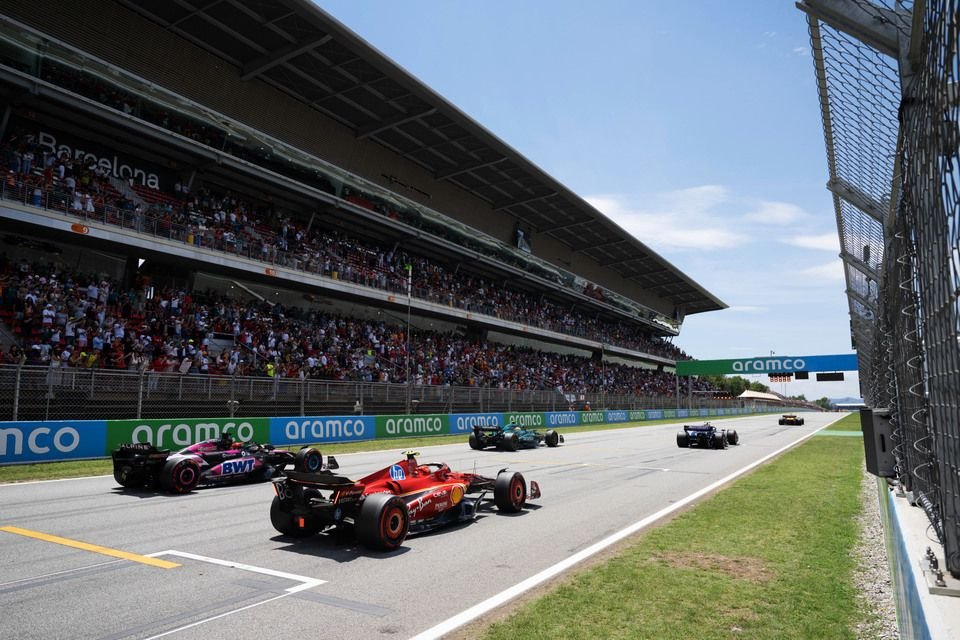Formula 1 Strategy Intrigue Unfolds at Spanish Grand Prix
Formula 1 fans are in for a treat at the Spanish Grand Prix, as a potent mix of pre-race showers, a powerful undercut, and a soft tyre that is both fast and fragile has opened the door for some strategy intrigue.
Rather than the high degradation circuit pushing teams and drivers to opt for a conservative one-stopper, the conditions unfolding at Barcelona could trigger plenty of action – and even some aggressive three-stoppers.
The lap-time delta between the three compounds brought by Pirelli, Formula 1’s tyre supplier, means that the preferred race tyre is actually the soft, despite its limitations. The hard, or C1 compound, has been taken off the table as a preferred option due to its lack of pace. Instead, the soft (C3) is significantly faster, boasting up to 1.2 seconds per lap quicker than the medium, and around 1.8 seconds up on the hard.
“It [the C1] is more thermally resilient, but it’s quite slow compared to the C2 and C3 basically… so the C1 will not really be used. We don’t see an advantage from using the C1.” – Simone Berra, Pirelli chief engineer
The characteristics of the tyres are likely to push teams towards the highest degrading tyre, setting up an afternoon where looking after the tyres will be critical – but exploiting the undercut could be the name of the game.
With the fastest strategy on paper looking like a soft/medium/soft, Pirelli’s head of F1 and car racing Mario Isola reckons that a one-stopper is off the cards due to the soft tyre’s significant advantage, despite its limitations.
“The advantage that you have on pace is clearly what we believe is pushing the teams to choose the soft at the start of the race,” he explained.
Rain showers expected before the start could further increase the potential for teams to get themselves on the front foot and chase an aggressive three-stop strategy. Isola added, “If it rains and we have a green track, we accelerate the wear, for sure.”
All these factors come together to make the timing around pit stop windows critical, as drivers will be looking to exploit the undercut – and make use of any tyre performance advantage to get past rivals who are enduring worn rubber.
As Mercedes driver George Russell said, “I don’t think it will be that difficult to overtake because there is a lot of tyre degradation here. You’ve only got to offset yourself by two or three laps and suddenly, just in the tyre, you’ll probably have four tenths advantage on the driver you’re battling.”
Expectations are high for some intense action – and passing – at the Spanish Grand Prix, a venue that in the past was known as being almost impossible to overtake on.
May 21, 2022, Formula 1 News
🔗 Source
